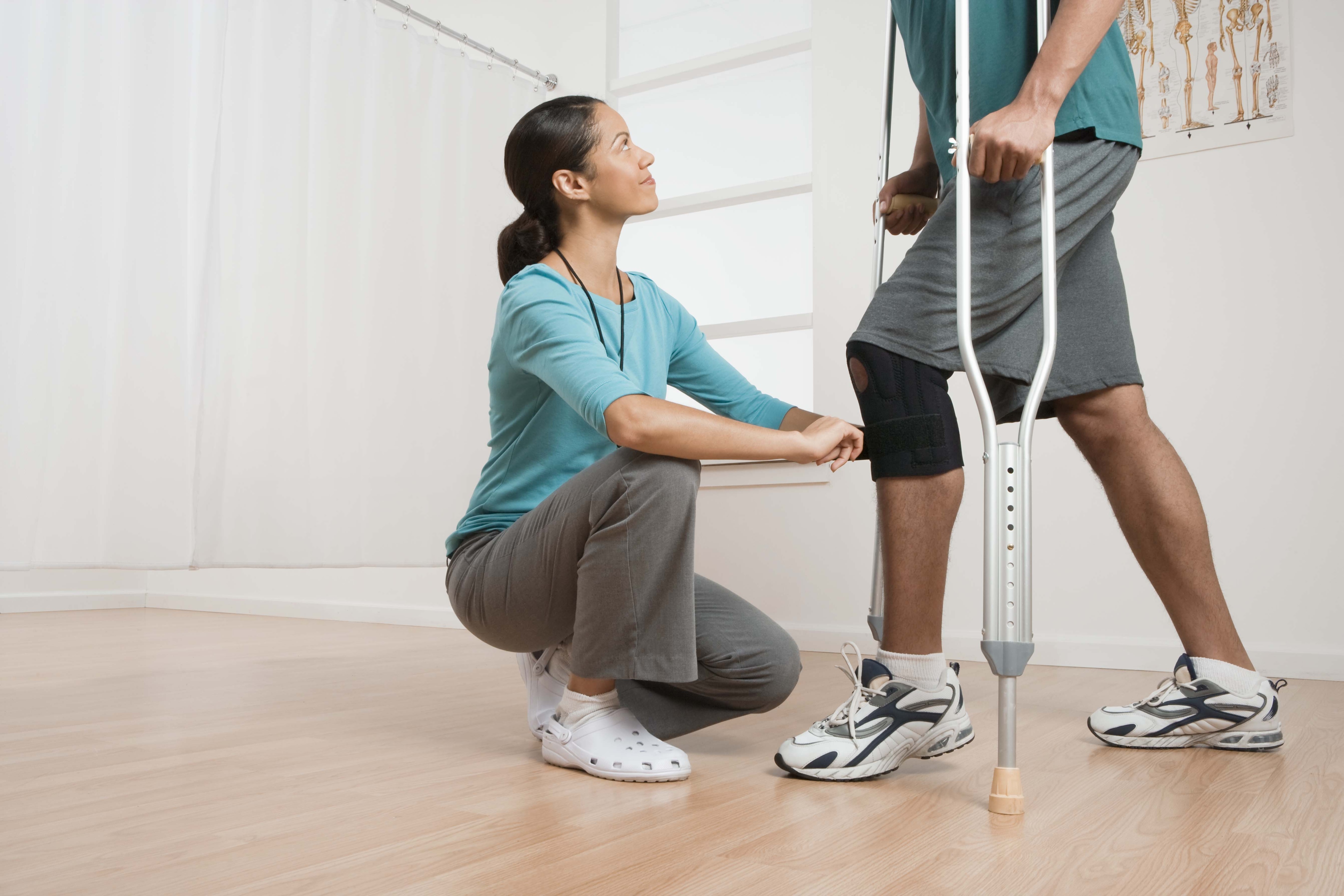
Physiotherapy is a branch of rehabilitation medicine, aimed at providing assistance to patients for the purpose of recovery and improvement of their physical activity.
What is physiotherapy? Physical therapy in Greek means “treatment by forces of nature”. At present almost every clinic has a facility for similar therapy. Physiotherapy embraces also treatment of diseases, pain syndrome and tissue damage with physical agents.
Physiotherapy is not an alternative medicine. Physiotherapists are mastering a variety of medical sciences, such as anatomy, physiology, neurology, and physiology to acquire the knowledge necessary for prevention, diagnosis, treatment and rehabilitation of patients with physical activity disorders.
The purpose of physiotherapy is to achieve the best effect in treatment of any disease at the lower burden on the patient’s body using mainly physical treatment methods.
Treatment with drugs in certain situations is definitely justified, but there may be a possibility of unwanted and unexpected side effects.
Operative intervention is usually a last resort in treatment process. Therefore, physiotherapy remains the safest and the most common method of treatment and rehabilitation, using techniques that have been tested for thousands of years, as well as those created and being invented in our time.
Treatment with the help of physiotherapy
Physiotherapy is one of the safest treatment methods available today. Physiotherapy is used either alone or in combination with other treatment (such as surgery).
Physiotherapy treatment, like all other methods, is appointed taking into account:
- pathology (disease)
- stage of the disease, its severity
- history of life and disease of the patient
- age, sex
- physical and mental condition
- geography of his residence.
Other factors such as social status, personal attitude of the patient to the proposed therapies and others may also be taken into account.
In venereology, urology, gynecology, physical therapy is chosen individually for each patient, depending on the person’s age and the severity of his disease.
Physiotherapy is particularly effective as a part of complex treatment. Recently a combination of several infections has been observed in medicine, which significantly aggravates the pathological process in certain types of diseases, such as adhesions, pain syndrome, chronic inflammation of appendages and uterus, preparations for fertilization and pregnancy in general, hypoplasia of uterus and genital infantilism, menstrual disorders, mastitis, post-surgery condition, pelvic ganglioneuritis. Physiotherapy is particularly effective in treatment of these diseases, as it accelerates the process of treatment and has no side effects.
Physiotherapy / Physical Rehabilitation
The set of physiotherapy measures for physical rehabilitation are aimed at restoration of the lost health, the degree of functional status and disability.
They include exercise therapy, massage, manual therapy, balneology etc., playing sports in the final stages, adapting training (as indicated).
Physical therapy (exercise therapy) — a standard and one of the most effective means of medical rehabilitation in cardiology, rheumatology, neurology, traumatology. Ignoring of physiotherapy options can significantly delay or even damage the positive effect of exercise therapy in disease or injury. Thus, the use of physical activity at the inflamed or dystrophic part of the muscular-ligamentous apparatus without prior removal of edema and spasm, improvement of micro-circulation can promote micro-traumas, small hemorrhages and even greater sclerosis of the connective tissue.